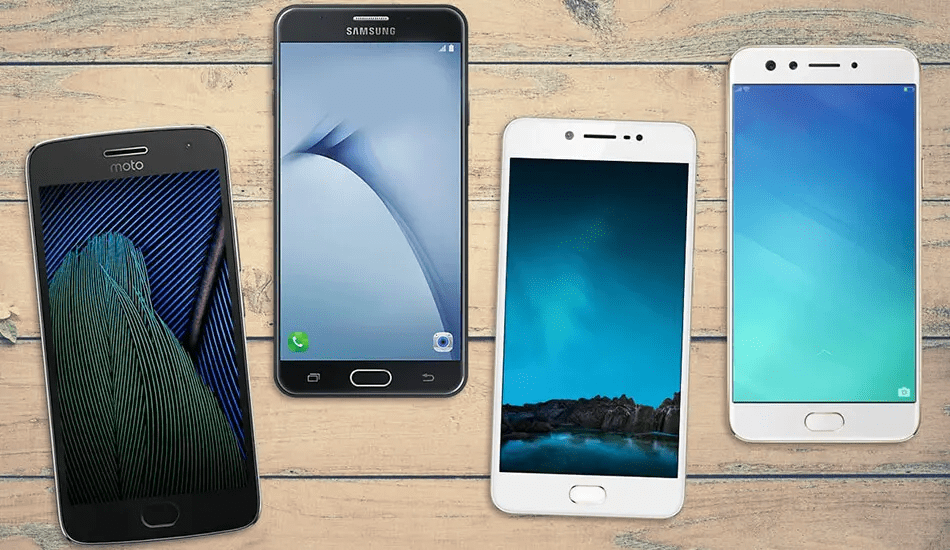The used smartphone market is very similar to an iceberg – there's so much more to it beneath the surface. Back in 2013, there were rumours about the fast-growing interest in used phones. And three years later Deloitte declared that it became a $17 billion global market in 2016.
By the end of 2017, the secondary market was worth roughly $19 billion with 140 million units sold, according to Counterpoint Research, compared with 1.6 billion new phones sold in 2017. And still, pre-owned mobile phones sales rose by 13% versus 2% for sales of new phones that year. If the trend holds, the smartphone market might resemble the automotive market, where used-car sales are more than twice that of new.
By 2022, IDC predicts that the total market value for used devices in 2022 will be estimated at $52.7 billion. The introduction of new technology like 5G and the trend toward premium phones have raised average selling prices for nearly all smartphone brands in recent years, although the overall trend predicted in IDC’s previous forecast remains the same.
This growth in the pre-owned phone market has been linked to the slowdowns that the smartphone market has been experiencing recently. 2018 has continued last year’s trend of slowing growth. With 1.5 billion units shipped in 2018, smartphone shipments declined 4% annually, which is a huge departure from its growth rate in previous years.
There are 4 major causes for this trend: rising upgrade cost, the right to repair movement, longer upgrade cycle, and current regulations of e-waste.
- According to the IDC, the rising upgrade cost is the most prominent reason for the pre-owned phone market's recent growth. Increased premium smartphone prices have led to many consumers holding on to their phones longer than expected. But at the same time, it has raised the average selling price of a pre-owned device in the secondary market. This trend has a negative impact on the supply of high-end used devices in many markets. However, the increase in low-cost device trade-in will continue to grow as many emerging markets can still utilize these devices. This also means that refurbished or fully tested used phones have become a more attractive option as of late.
- The right to repair refers to government legislation that is intended to allow consumers the ability to repair their own electronic devices, where otherwise the manufacturer of such devices requires the consumer to use only their offered services or void the product’s warranty. Over the past few years, the Right to Repair movement has been steadily gaining momentum, but lately, it has been gaining momentum at a faster pace. The subsequent expansion of consumer choice in terms of repair ensures that smartphones will have an increased service life and greater use-value.
- Longer upgrade cycles. Smartphones upgrade cycles are getting longer at a rate faster than it was previously predicted. Due to the growing availability of affordable smartphones, the average global end-user replaces his device after 21 months. And speaking of the used smartphone market, it has cycles 24-25 months long, now they’re closer to 27 months and 28 months.
- Regulation of Electronic Waste. It has been estimated that 50 million tons of e-waste are produced globally each year. Only 20% of global e-waste is recycled each year. Current e-waste regulation by individual states raises the public profile of e-waste recycling and encourages consumers to recycle their e-waste, which ultimately drives more devices into the secondary market.
The implication of all the above statistics is that the secondary market is a huge growth sector, which forms different businesses: reverse logistics, recycling, wholesalers, repairers, retailers, buyback providers, insurance contractors. Everyone faces challenges such as accuracy of estimating devices with a minimum quantity of errors; reducing the time spent on diagnosing a number of devices, in many cases reaching several thousand units per day.
Eventually, modern technologies have complicated the diagnostic process. More and more functions and features need to be checked for repurposing used mobile devices and providing quality goods and services to the end-user. And choosing the right software solution for full-scale device diagnostics is especially important in a rapidly growing market. It can help you to stand out from the competition and gain trust and become the customer’s first and the best choice.
NSYS Diagnostics is a quick-to-install and easy-to-use software solution for mobile diagnostics and data erasure. Doesn’t matter whether you mostly work with Apple iPhones or Samsung Galaxy phones, our software can diagnose any type of mobile device, even tablets. It offers over 60 functional automated and user-assisted tests to provide a fast and complete inspection. NSYS Erasure methods comply with GDPR and allow to securely wipe all sensitive data from up to 60 devices at once according to NIST and ADISA standards. NSYS Diagnostics helps companies in the used and refurbished phones industry to check their devices more accurately, quickly, and easily.






